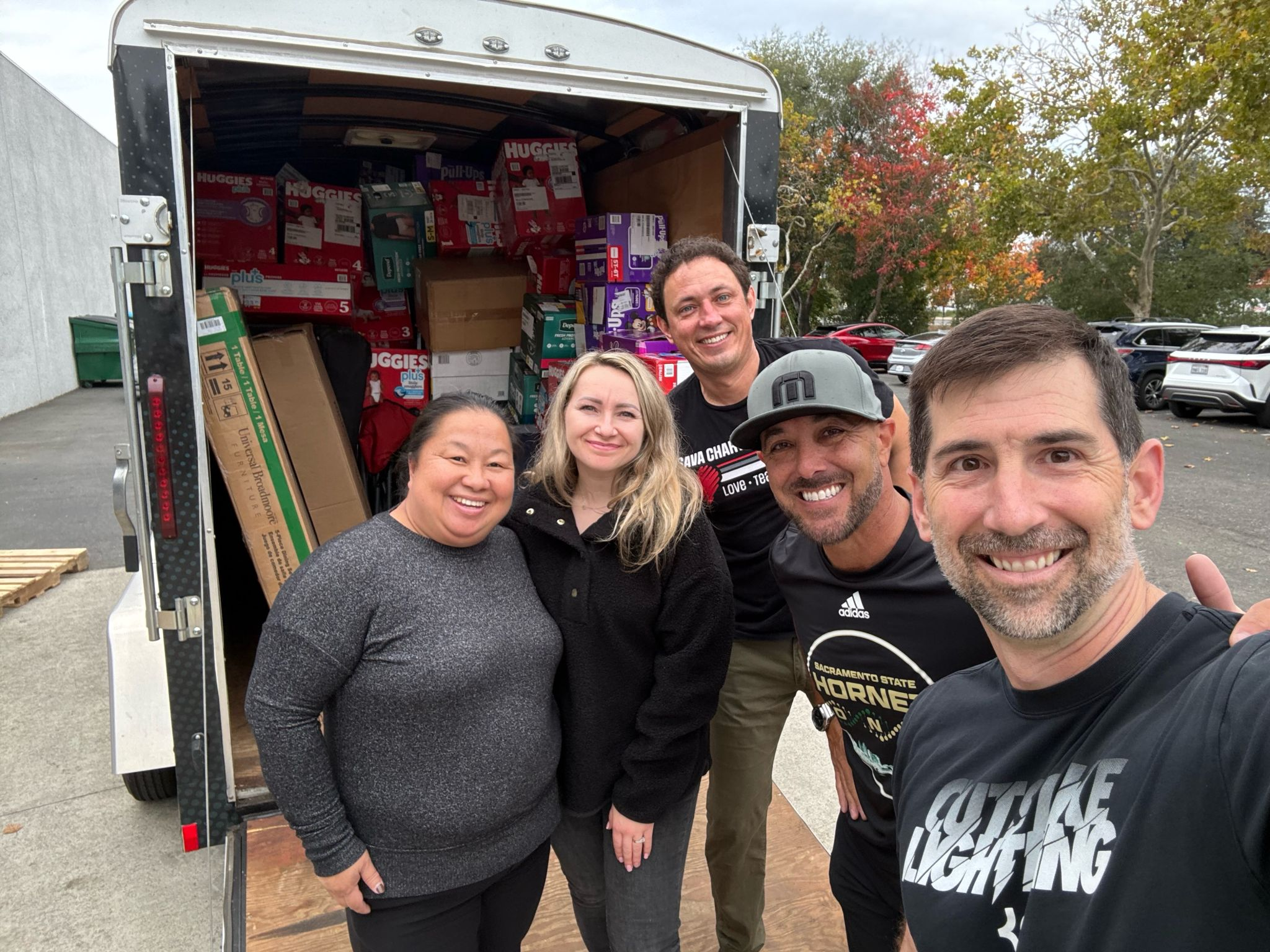Over the past several years, students and educators at CORE Butte Charter School in Northern California have endured one traumatic event after another – ranging from severe floods to the devastating Camp Fire, a disaster that wiped out the school and its entire surrounding community of Paradise, California.
Adding to the devastation, CORE Butte not only lost its campus in Paradise, but 250 CORE Butte students and 12 staff members also lost their homes.
Following the wildfire, the charter school faced a stark new reality: Their school community was emotionally and psychologically broken and in desperate need of mental health support and basic necessities.
“We realized we were lacking basic supports,” says Mary Cox, CORE Butte executive director. “The level of trauma was so great that we really had to address it in a different way."
That’s when Cox and her team began developing a tiered system of support designed to scaffold students with services and resources for every facet of their wellbeing.
In CCSA’s new report, How California’s Charter Schools Support Students Social and Emotional Needs, CORE Butte is recognized as a bright spot in California, helping students cope during yet another crisis – a global pandemic.
In this video clip, Cox describes how her team now offers different levels of support for all students – from providing access to basic social services to mental health counseling:
CORE Butte now has an SEL support team made-up of an SEL coordinators, counselor, social worker and psychologist. They lead the work of the charter school's three-tiered system of support. Here's how it works:
Tier 1 – Coaching and Resources
- Students and/or families engage with teachers and/or a social worker for basic support
- Students/families are connected to social services tailored to their needs
- Mental health tools such as journals are provided
Tier 2 – Direct Student Support
- Students/ families meet directly with a counselor and social worker on an ongoing basis
- A counselor develops specific lessons/provides resources and frequently monitors wellbeing
Tier 3 – Intense Social/Emotional Support
- A school psychologist meets regularly with high-risk students/families
- A counselor and social worker develops specific lessons/provides resources and constantly monitors wellbeing
- Additional support is provided, based on need
Cox says many CORE Butte students and families are "still not completely healed" from the Camp Fire tragedy – making distance learning even more challenging because teachers and members of the SEL support team can’t connect in person. In addition, many students are still experiencing homelessness.
In response, CORE Butte also leans on its CORE Butte SEL website with links and activities that increase their community's development of life skills in the area of social and emotional learning.
To learn more about Core Butte’s story, access CCSA’s new report How California’s Charter Schools Are Supporting Students’ Social Emotional Needs. The study also includes information on how other charter schools in California are helping students facing food insecurity.
How California’s Charter Schools Are Supporting Students’ Social Emotional Needs is the final installment in CCSA’s Portrait of the Movement 2020 series.
Collectively, the suite of studies offers valuable insight as it relates to the performance of charter schools during the global pandemic – from preventing learning loss to narrowing the digital divide.
You can view all reports here.
This blog story was written by Ana Tintocalis, CCSA Director of Media Relations and Research. She is a contributor to the CharterNatiob blog. If you would like to contact her, please email atintocalis@ccsa.org.


-1.png)